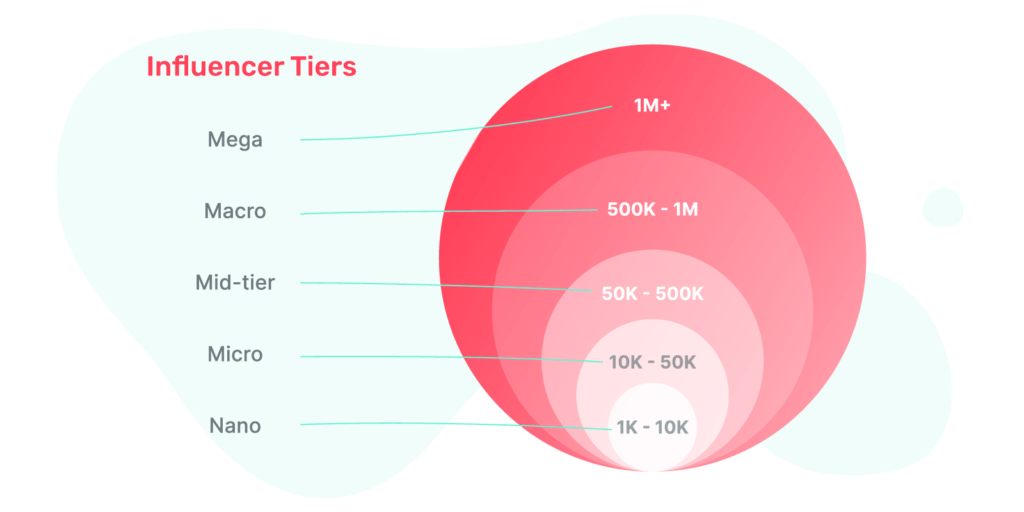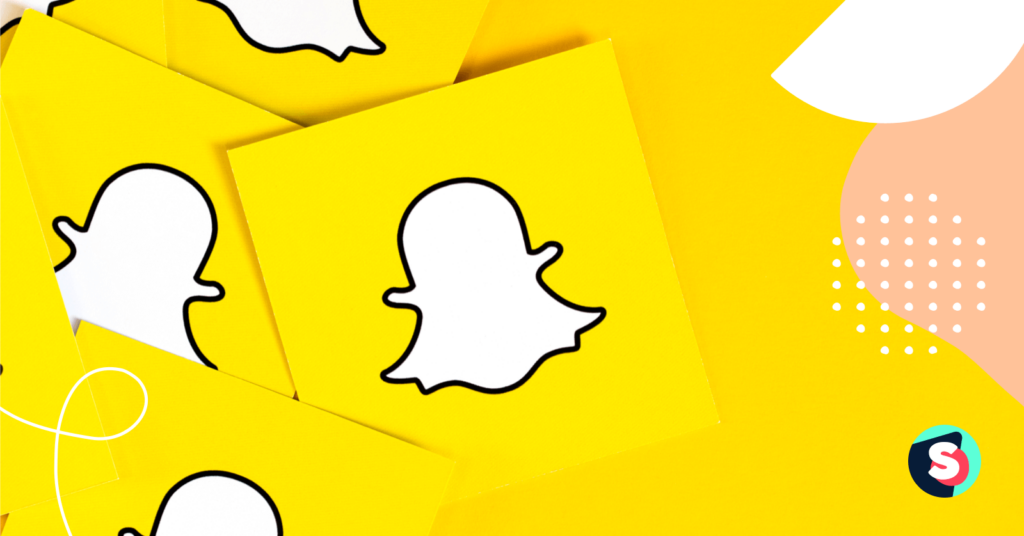Summarize this article via
Leveraging community management aka ‘Word of mouth’ is one of the most powerful tools in the history of marketing and it’s a fact! Using opinion leaders determine the fate of companies and brands, as well as the core consumer demographics. Below let’s go through some of the findings from research made by Convince & Convert;
- 83% of Americans say that a word of mouth recommendation from a friend or family member makes them more likely to purchase that product or service.
- Recommendations from friends are valued 27% more than advertising when making a substantial purchase.
- When choosing a restaurant, Gen Z and Millennials are 99% more likely to rely upon social media and online reviews than Gen X and Boomers.
- When planning a wedding, word of mouth from friends is 331% more likely to be relied upon than is advertising.

Who are opinion leaders? What are the differences between influencers and opinion leaders?
Nowadays opinion leaders and influencers tend to get mixed with one another. Opinion leaders are professional experts in their fields and careers. They use their personal communication platforms to promote products and/or services they use in their professional jobs. Their expertise allows them to have much more credibility and authenticity. Opinion leaders are trustworthy experts because of their professional knowledge, experiences, and achievements.
Being an opinion leader, in contrast to an Instagram influencer, is not a job in the nutshell. 99% of them identify first as professionals in their industry. Marketing via opinion leaders is most common in industries where an expert endorsement is needed. Healthcare, finance, and education can be good examples.
Influencers, on the other hand, make a living by influencing others on social media. They don’t necessarily need to possess extensive knowledge in a specific expertise, their job is to grow their follower counts and make great visual content in order to continue being an influencer, thus earning money.
Influencers can often identify themselves as bloggers, vloggers, and celebrities. Industries that focus on aesthetics such as fitness, beauty, fashion, and travel would be better off investing in influencers rather than in opinion leaders.
Both opinion leaders and influencers tend to be (and should be) involved in a certain product category and influence other people’s purchase behaviours by showcasing the features, qualities, and purchase / usage experiences of a product. At the end of the day; they should market a product or a service differently than how it’s marketed on mass media.
How can we identify opinion leaders?
- Search popular industry hashtags on your preferred social media platforms
- Search people headlining industry events, the speakers are usually opinion leaders
- Read industry news to see who is featured on mass media
- Find podcasts and youtube channels featuring names
- Dig into relevant mainstream blogs and websites
- Surf on LinkedIn, join important groups and find active professionals in your industry
- Use snowballing technique and realize that around opinion leaders are other opinion leaders
How can we investigate opinion leaders on social media?
1. Number of followers
A number of followers doesn’t mean everything. But it is parallel to how many people can be reached. Depending on your budget, you can work with someone in the nano tier, or in the mega tier. If you’re starting with a limited budget for this type of marketing, micro-influencers may be the best option for you as they’d be cost-effective. Nonetheless, make sure to avoid people with fake followers.

2. Quality of followers – analyze their network
Investigate the audience of your potential opinion leader. Are they well-connected with their peers and fellow colleagues? Because in the end, you will want other people in the same industry to buy your product. Review their list of followers and followings. This might be a little time-consuming but it’s worth it.
3. Number of relevant topic mentioned – analyze their discussions
You need to know how effectively they use their social media in terms of influencing their audience. Find out if they’ve done any brand collaboration before. If yes, then check out what they wrote, how they showcased the brand, and how their audience reacted to it. In addition, find out how that brand made use of this collaboration. Do some competitor analysis by using the Sociality.io Competitor Analysis tool. Check your competitors’ follower’s growth metrics to see not only the final number but also their growth dynamics, their interaction types, engagement rates, most performed content, and many more. Some of our articles can also help you out. Dive deep into how to Check Competitors’ Growth Rates on Social Media and/or some of the Competitive Benchmarking Tactics.
If they haven’t done any collaboration as far as you can find, have they talked about a service/product before at all? If yes, how did they manage to do it? Are you satisfied with the result you see on the feed? You need to make sure they are relevant to your brand to ensure they can produce engaging content for you.
Related article: The Post Covid Future Of Community Marketing
Lastly, how do we measure the success of our collaboration with opinion leaders and influencers?
Brand awareness metrics
- Impressions
- Likes
- Comments
- Mentions
- Reach
- Traffic
Direct response metrics
- Clicks
- Sales
- Conversions
- Leads
- Downloads
- Subscribers
Keep in mind that you want to and need to measure the success of your collaboration. Because at the end of the day; your efforts are supposed to be aimed at getting better results from your campaigns; following a greater brand recognition, a larger and engaged following, more signups, and more sales. Collecting meaningful data from all your social media initiatives is the way to go! Check out our Sociality.io Report Module and find out how we can help you extract the data with just a few clicks.
Related article: How to save time by automating community management activities




